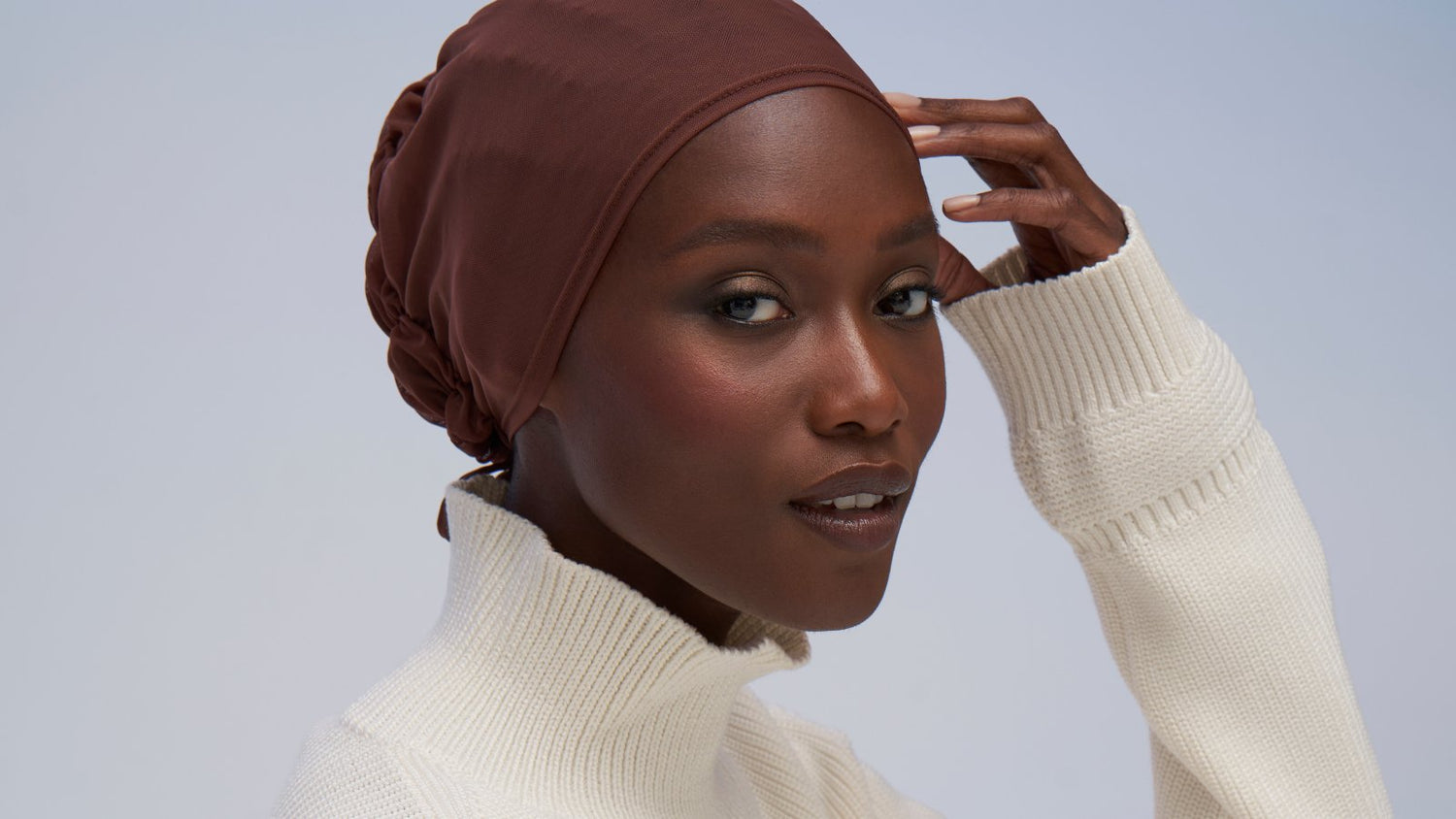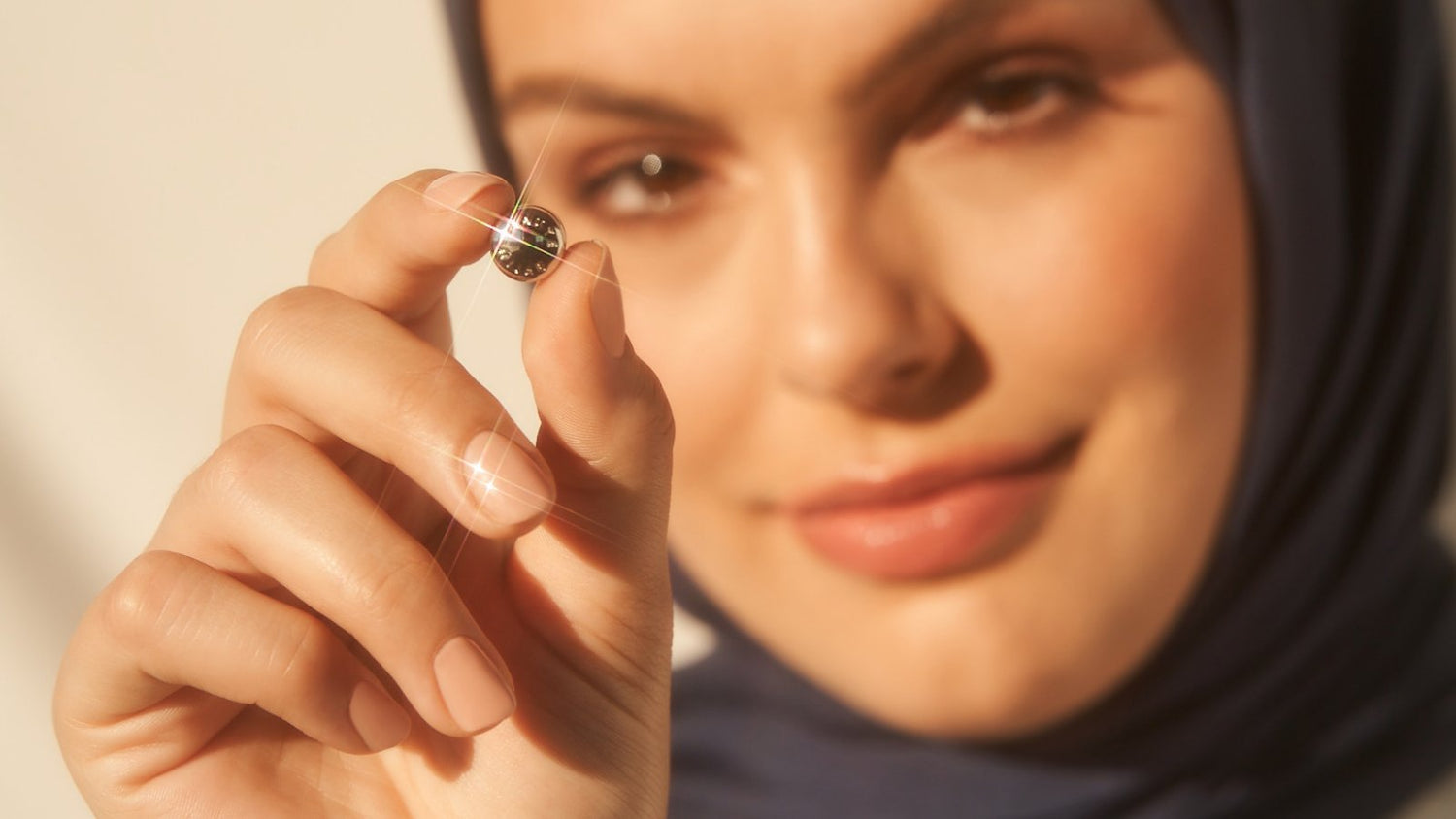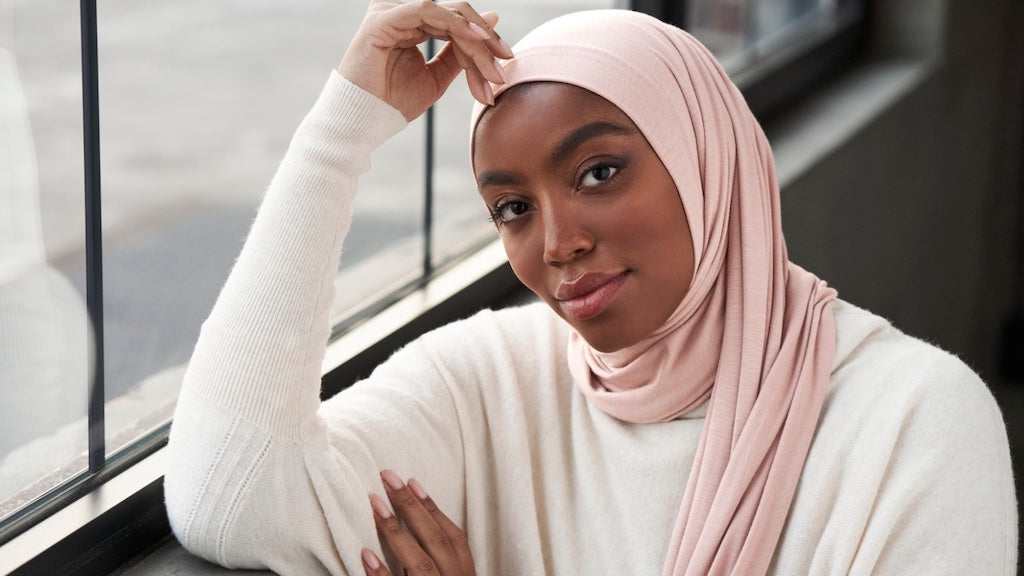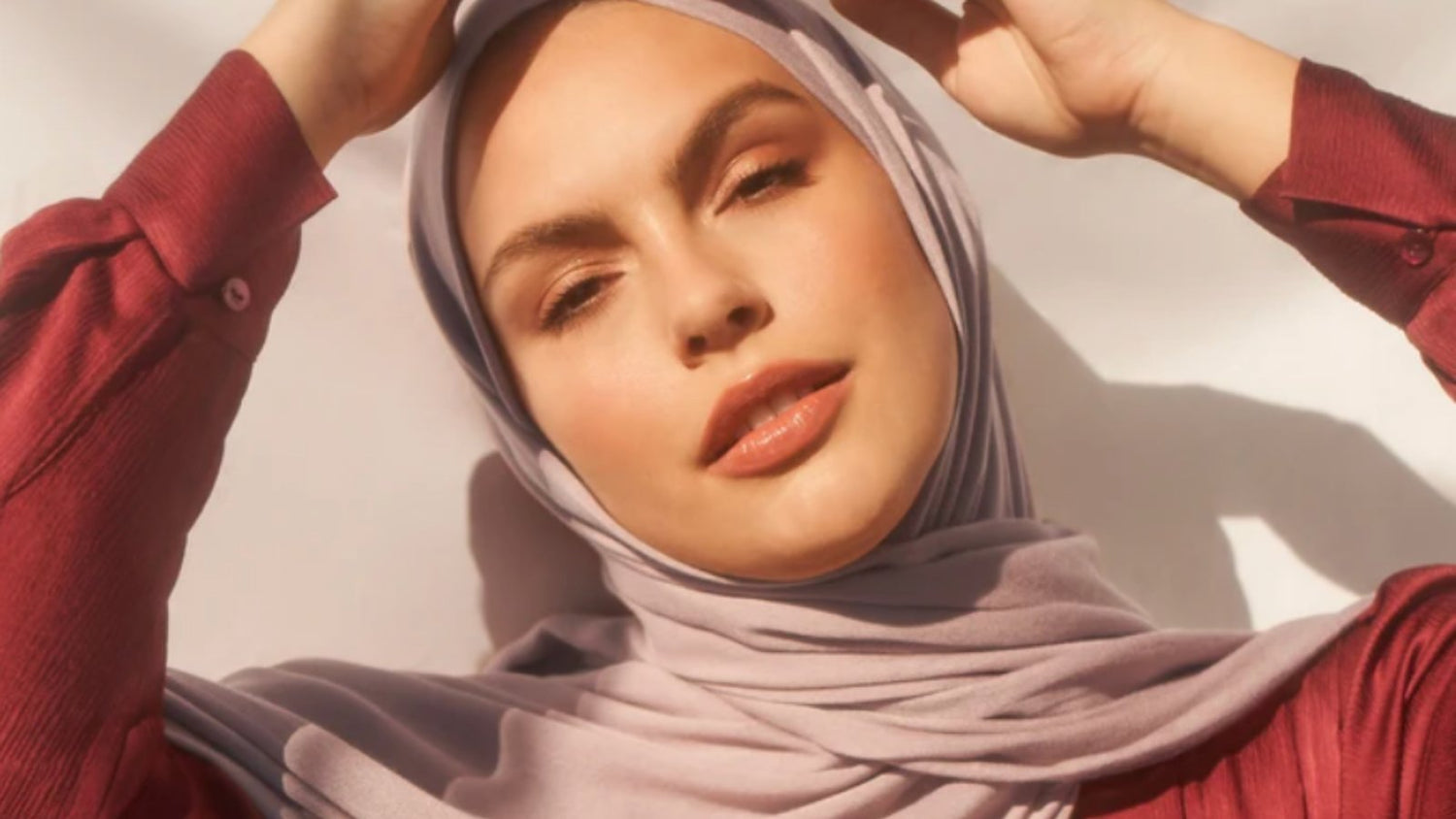Ethics & Sustainability

Image Credit: Mirko Blicke on Unsplash
The Future Starts Now
Since the early days in our Chicago apartment in 2010 to our New York City office today, superior quality, long-lasting hijabs that allow you to feel comfortable and confident as proud Muslim women have always been at the center of our brand. We take quality very seriously, and sustainability practices including, but not limited to, materials and business practices are part of our core mission — as they have been from day one. This imperative comes from our responsibility as Muslims to be safekeepers of this earth and those that live in it.
Repurpose and Use What’s Available
As you may know, the Haute Hijab story begins with vintage scarves – we sourced them from vintage stores and repurposed them into hijabs. In fact, our Tuesday Drop tradition is built upon these beginnings, as we dropped one-of-a-kind vintage scarves every Tuesday that sold out within minutes. As HH grew, we moved to sourcing prints from deadstock fabric — an industry term for excess or discarded fabric from other brands that would otherwise end up in landfills. By utilizing this fabric, we give it new life as hijabs, allowing us to bring you limited edition chiffon prints every Tuesday in a more responsible and sustainable manner. But that was just the beginning of our journey to be more conscious of the world around us.
Packaging Aimed to Minimize Waste
In our ongoing work towards bringing you more sustainably-produced hijabs and products, we know that the journey not only involves strategic partnerships with vendors and manufacturers invested in sustainability efforts and investing in more eco-friendly fabrics and materials, but also finding closed-loop solutions in manufacturing processes and reducing the waste we put into our landfills (like our sourcing of deadstock fabric for our Tuesday Drop Chiffon Prints). In fact, packaging waste accounts for 40 percent of all solid waste in municipal waste streams, according to the EPA (Environmental Protection Agency), with about 37 million tons of packaging waste finding its way yearly into landfills.
And so, we’ve made the decision to stop packing our hijab bundles in gift boxes in an effort to streamline packaging and reduce waste. Too many cardboard boxes end up in landfills, and we need to do our part to reduce waste. If you still want a gift box when you order a bundle or a hijab set, they are available for purchase for a nominal fee as part of our gift wrapping services. We are super excited for this latest step in streamlining our hijab production from where they begin to how they end up in your hands and are worn by you.
Innovative Materials and Processes
As we continue to grow, we are intent on investing in eco-friendly, innovative materials and processes to advance our rigorous quality standards and more environmentally-friendly products by expanding our partnerships with other like-minded vendors and improving upon our own manufacturing processes in our Dubai-based factory. Our Ultimate Underscarves, new Bamboo Woven Collection and Haute Hijab Sport line are the fruits of this ongoing labor.
As we’ve grown, our commitment to ethical manufacturing, fair-wage practices and responsible hijab production continues to be part of our core mission.
That said, there is so much to learn and more room to improve. We aim to be part of climate change solutions and support the United Nations 2030 climate change agenda to create sustainability solutions in bigger, better and more effective ways. As we continue to research and work to align ourselves with certification standards, we intend to launch initiatives to create and measure our impact with even more sustainable products and business practices.
One of the most frequently asked questions we receive on social media and through email is: "Are your hijabs sustainable?"
Are Haute Hijabs Sustainable?
That’s a complex question with no easy answer, because the word “sustainable” carries with it many questions and inconsistencies in the fashion industry. How a product is made, how much water is used in developing the material, what chemicals (if any) are used in processing the raw materials, who is making the garment and how those workers are treated and cared for are just some of the questions to consider when assessing sustainability. What does the supply chain look like? How much air fuel is consumed in the transportation of the finished goods? Can it be recycled when the person who purchases it is done with it?
As you can see, ‘being sustainable’ is a complicated process. Ultimately, making sustainable garments is not a one-and-done process but a commitment to continuous re-examination and improvement of every touchpoint of a garment’s lifecycle. There are many questions around fashion sustainability, including what the terminology, certification and manufacturing processes mean. Visit our FAQ to learn more.
With our underscarves, our new line of wovens and our upcoming Sport line, we have implemented several practices to make these hijabs more environmentally-friendly through using more naturally-derived raw materials and innovative manufacturing processes that reduce waste and the usage of toxic chemicals. We are working fervently to convert other existing products into more sustainable options, including recycled polyester and a more sustainable jersey collection.
Looking to the future, we also are looking to create fun initiatives and events for all of us — you included! — to better close the loop on the lifecycle of our hijabs, including a recycling program. You too can do your part. Every time you swap your gently-used hijabs with family or friends, or recycle your most worn-out pieces rather than throwing them in the trash, you are contributing to the effort to make our world more sustainable.
Join us on our journey to better serve our earth and let us as Muslims take the lead in this noble effort.

Explore our best sellers and #HHFam faves:
-

Underscarves
Our underscarves are designed with cutting-edge textiles selected to cater to a variety of...
-

Hijab Magnets
Little magnet, big impact. Our No-Snag Hijab Magnets offer the function and security of...
-

Jersey Hijabs
Our soft, stretchy Premium Jersey is effortless to style and outrageously comfortable...
-

Woven Hijabs
Our woven hijabs are crafted from sustainably produced bamboo fiber with an incredibly light,...




